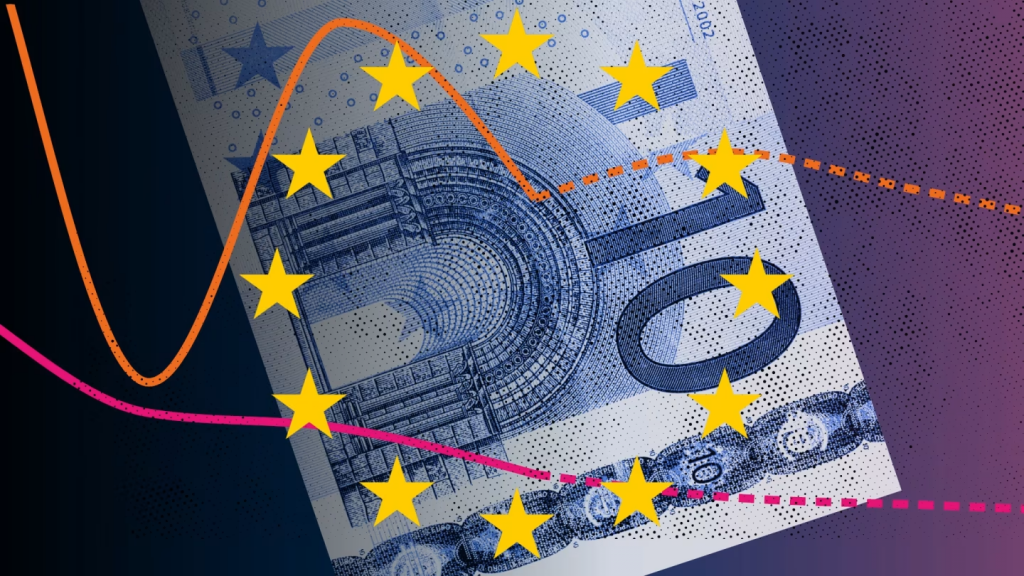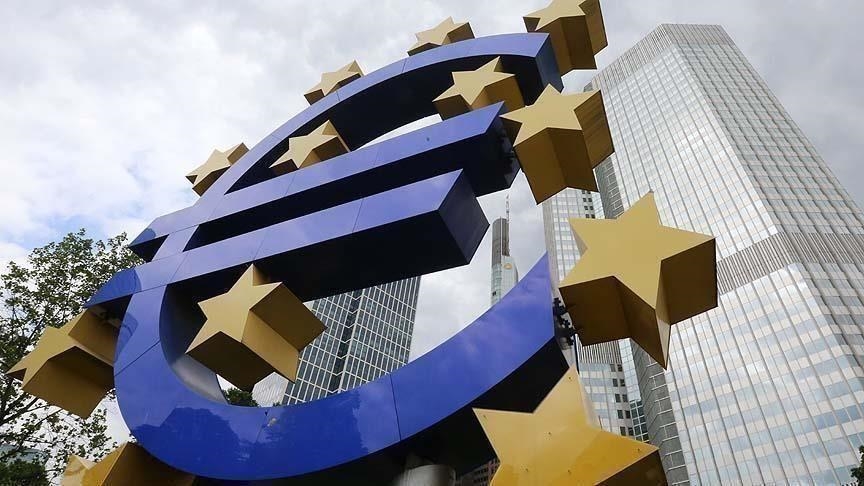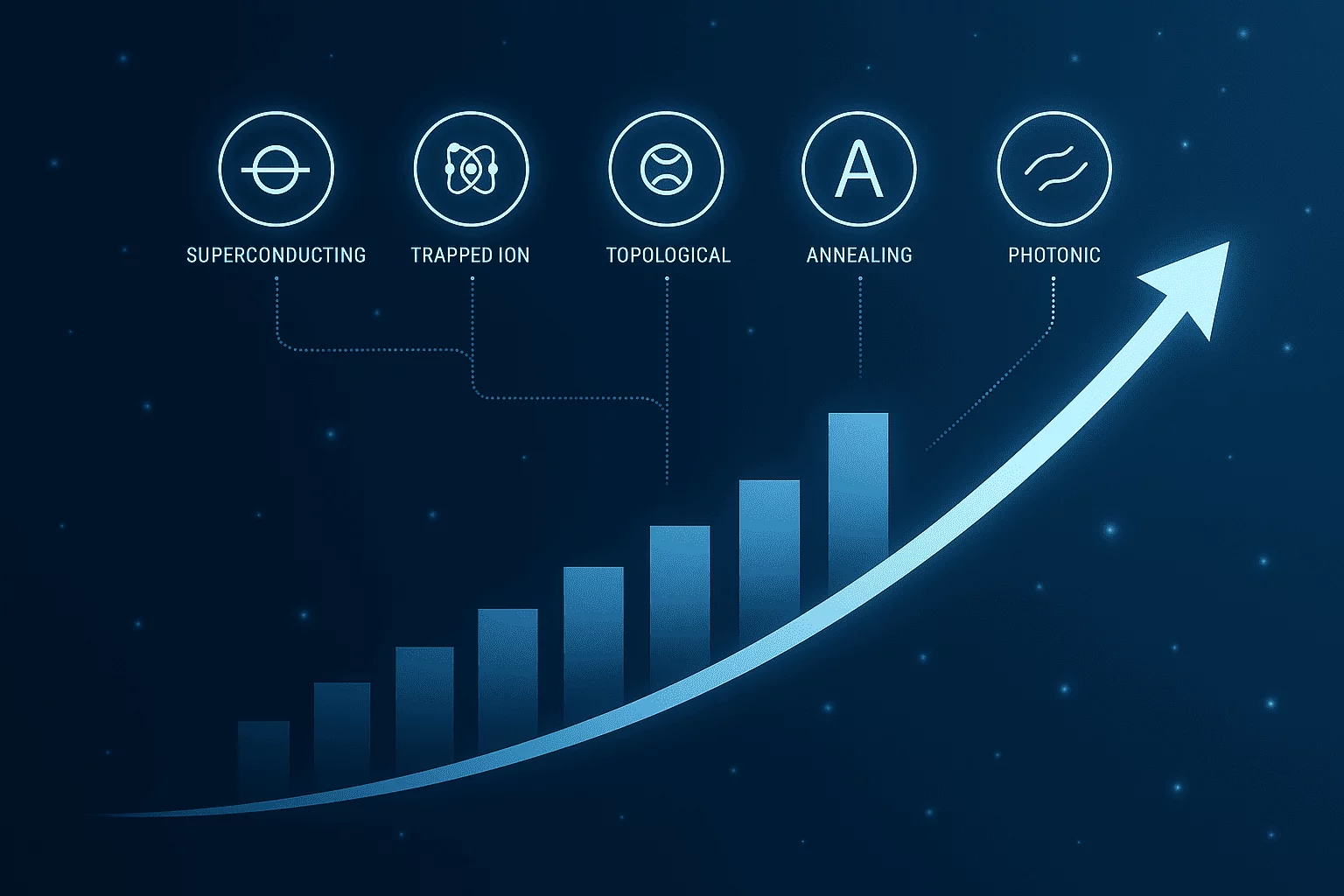Consumer confidence is a vital indicator of economic health, reflecting households’ perceptions and expectations regarding their financial situations and the broader economy. In January 2025, the European Union (EU) experienced a further decline in consumer confidence, continuing the downward trend observed in the previous months. This report examines the latest data, underlying factors, and potential implications for the EU economy.
Consumer Confidence Indicator (CCI) Trends
According to the European Commission’s Directorate-General for Economic and Financial Affairs (DG ECFIN), the flash estimate for the Consumer Confidence Indicator (CCI) in January 2025 decreased by 1.2 percentage points in the EU and by 1.0 percentage points in the euro area compared to December 2024. This decline brings the CCI to -14.6 in the EU and -15.5 in the euro area, moving further below the long-term average.
Economic Sentiment and Employment Expectations
The Economic Sentiment Indicator (ESI), which aggregates confidence levels across various sectors, also experienced a decline. In December 2024, the ESI decreased by 1.7 points to 94.5 in the EU and by 1.9 points to 93.7 in the euro area. Similarly, the Employment Expectations Indicator (EEI) fell by 1.0 point to 98.4 in the EU and by 1.4 points to 97.3 in the euro area, both indicators scoring below their long-term average of 100.

Retail Sales and Consumer Spending
Eurostat reported that retail sales in the euro area grew by only 0.1% in November 2024 compared to the previous month, falling short of the anticipated 0.4% increase. This modest growth followed a 0.3% decline in October 2024. Year-on-year, retail sales grew by 1.2%, but the growth trend is weakening. Consumers in the 20-nation euro bloc are exhibiting caution, preferring to save rather than spend, partly due to inflation eroding wealth over the past three years. This behavior poses challenges for policymakers who hoped increased consumption would spur economic recovery.
Inflation Dynamics
Inflation rates have shown a slight uptick. Euro area annual inflation is expected to be 2.4% in December 2024, up from 2.2% in November. The main components contributing to this increase include services, with an annual rate of 4.0%, and food, alcohol, and tobacco at 2.7%. Energy prices have stabilized, recording a marginal annual rate of 0.1% in December 2024.
Labor Market Conditions
The labor market has shown signs of softening, which may further encourage precautionary saving among consumers. While specific unemployment figures for January 2025 are yet to be released, the decline in the Employment Expectations Indicator suggests a cautious outlook among employers regarding future hiring.
Policy Implications
The persistent decline in consumer confidence, coupled with subdued retail sales and a softening labor market, presents challenges for EU policymakers. The European Central Bank (ECB) may need to reassess its monetary policy stance to support economic activity. However, with inflation rates edging up, the ECB faces a delicate balance between stimulating growth and containing inflation.
Conclusion
The downward trend in consumer confidence in January 2025 reflects growing concerns among EU households about their financial prospects and the broader economic environment. This sentiment, combined with modest retail sales growth and a cautious labor market outlook, underscores the need for vigilant monitoring and responsive policy measures to bolster consumer confidence and sustain economic recovery.





